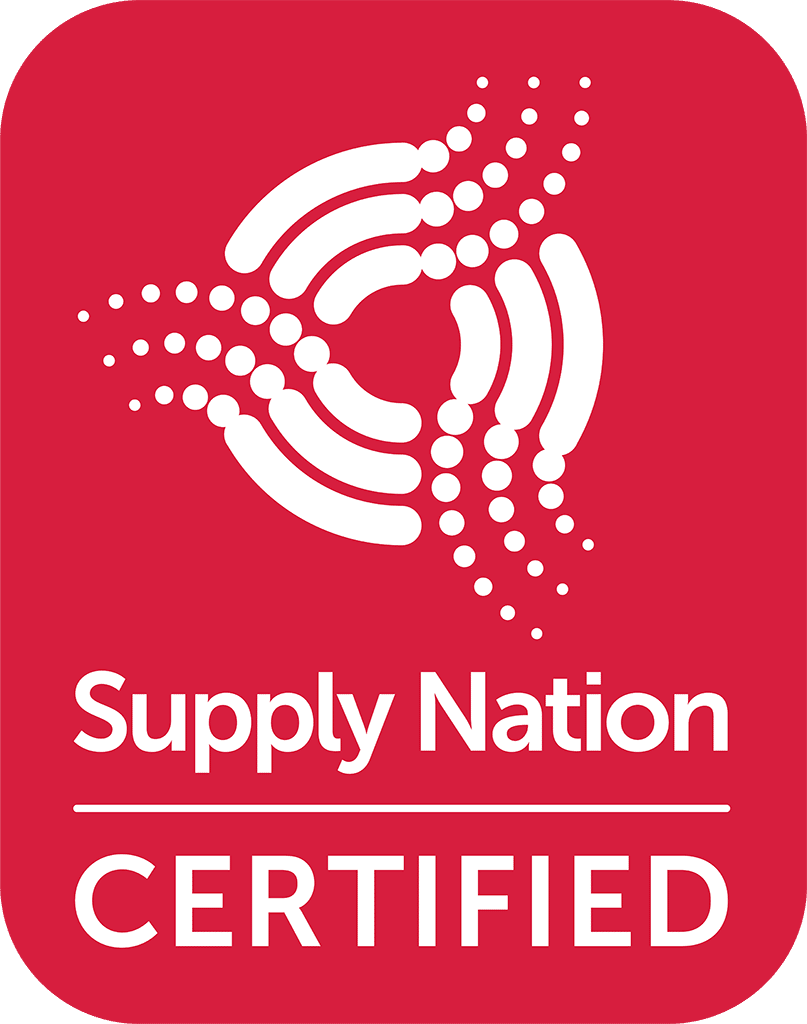Leadership Skill

Allyship Is a Leadership Behaviour — Not a Badge
We need to move beyond thinking of allyship as a personal value or a good deed done in passing. Because allyship — when it’s real — isn’t a favour. It’s not a label and it’s definitely not a badge you get to wear for being “one of the good ones.” Allyship is a leadership behaviour. A relational capability. A consistent practice that demands humility, accountability, and growth.
At Blak Ignited, we’ve seen the difference between leaders who perform allyship and those who embody it. The difference lies in the everyday actions, in the spaces they shape, and in the integrity with which they hold power.
Here’s what it really looks like:
Relational Accountability Over Performative Leadership
Leadership that centres allyship leads with responsibility to relationships, not just outcomes.
It doesn’t ask, “What’s the ROI?” Instead, it asks, “Who am I accountable to — and how am I showing up for them?” Relationally accountable leaders:
Understand that leadership is reciprocal, not hierarchical.
Take action that aligns with community priorities, not just organisational KPIs.
Show up with care, especially when historical and structural harm is present.
This kind of leadership builds trust that is felt — not claimed.
Deep Listening and Cultural Curiosity
True allyship starts with listening — not speaking. Not listening to respond. But listening to understand. To hold space for truth. To recognise when silence is more respectful than statements.
Culturally curious leaders:
Seek Indigenous and culturally diverse perspectives before making decisions.
Demonstrate openness rather than defensiveness.
Treat listening as a daily discipline — not a once-off gesture.
Emotional Intelligence in Moments of Discomfort
Allyship gets real when it gets hard. It’s easy to support inclusion when things are calm — but the test is how you respond when challenged, confronted, or called in.
Emotionally intelligent leaders:
Regulate their responses without collapsing into guilt or deflection.
Use discomfort as a teacher, not a threat.
Stay “in the room” instead of retreating or centring their feelings.
Discomfort isn’t the enemy — avoidance is.
Culturally Safe Environments Are Built — Not Assumed
You don’t get to claim your space is culturally safe just because you feel good in it.
Cultural safety is defined by those who need it most — and it's built through actions that reduce harm, address imbalance, and protect truth.
Culturally safe leaders:
Actively name and address microaggressions, exclusion, and inequity.
Recognise emotional labour and don’t leave mob to carry it alone.
Advocate for systems and policies that embed safety, not just welcome it.
Positional Power Used with Integrity
Power is not the problem — it's how you use it. Leaders must learn to decentre themselves and redistribute influence in ways that elevate others.
Leaders who use power with integrity:
Leverage their platform to amplify marginalised voices.
Defer to Indigenous leadership without needing credit or control.
Back equity in procurement, policy, and representation — beyond the symbolism.
This is leadership that moves the needle, not just the optics.
Reflective and Evolving Practice
Allyship is never a finished product. It’s not a destination — it’s a disciplined, ongoing practice of reflection, re-evaluation, and repair.
Evolving leaders:
Invite and respond to feedback with openness.
Regularly assess their own biases, behaviours, and assumptions.
Understand that allyship is measured by impact — not by how good it feels.
They don’t ask, “Am I doing enough?” Instead, they ask, “What do those I serve need next?”
Leadership Without Allyship Isn’t Leadership — It’s Control.
Leadership that doesn’t make room for others to feel safe, heard, or respected is not inclusive.
It’s managing. It’s performing and at worst, it’s controlling. If allyship isn’t in your leadership DNA, then it’s time to ask — what is? Because real allyship doesn’t seek credit — it takes responsibility. It doesn’t wait to be comfortable — it moves anyway and it doesn’t stay still — it evolves, stretches, and grows toward justice. So the next time you think of allyship as a kind gesture, remember:


